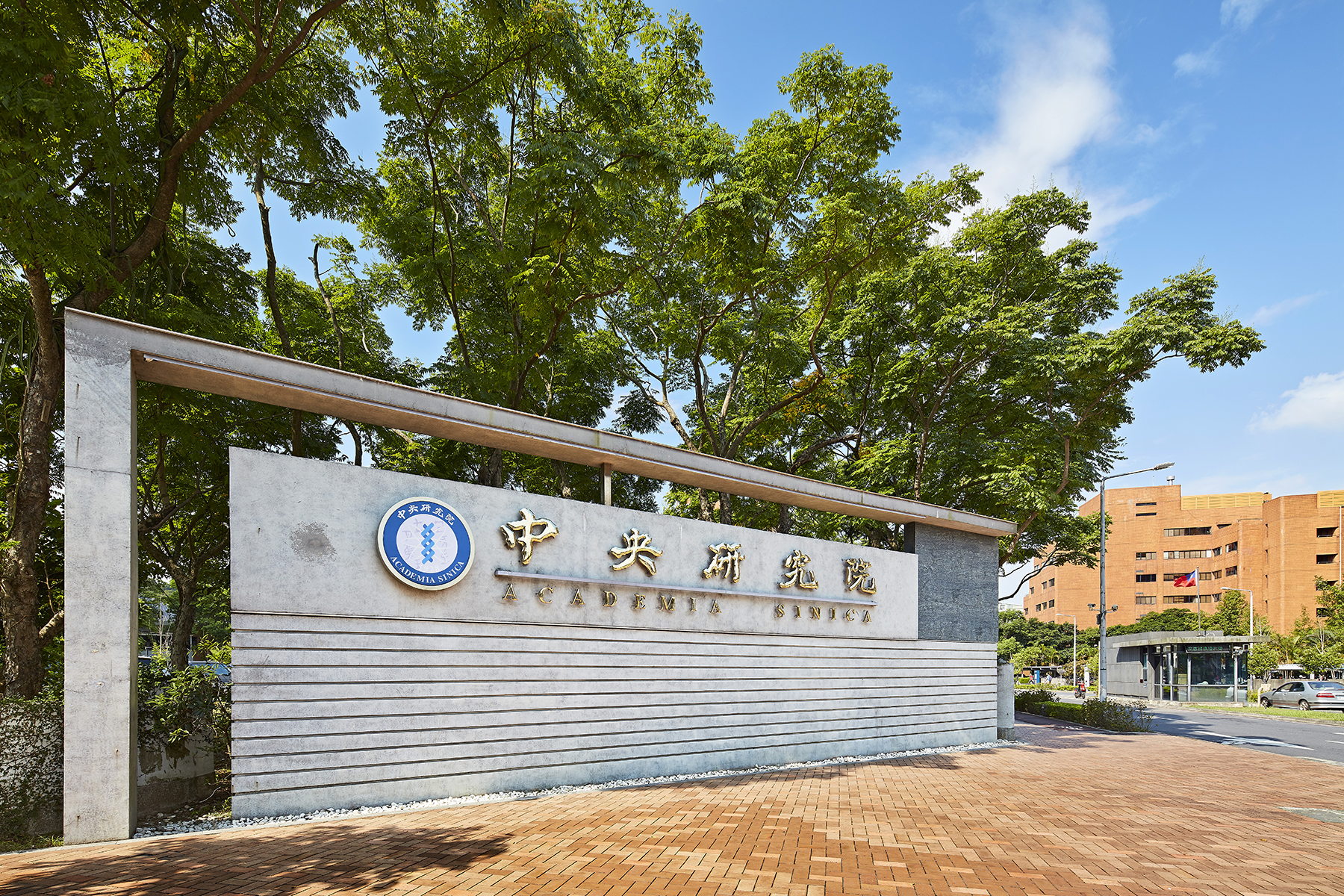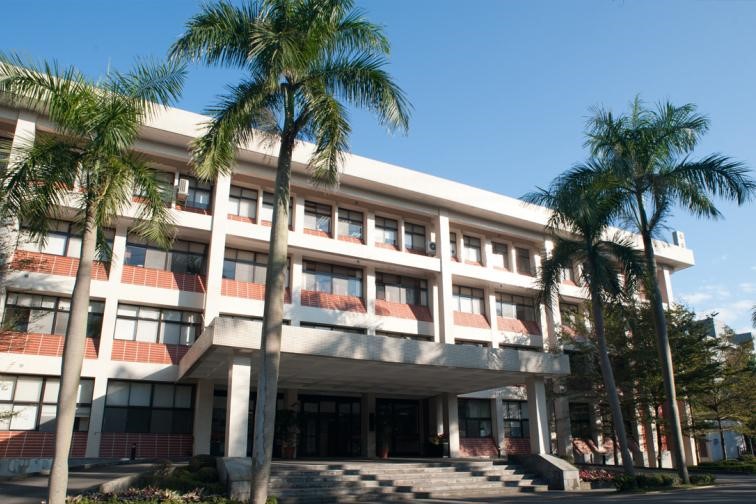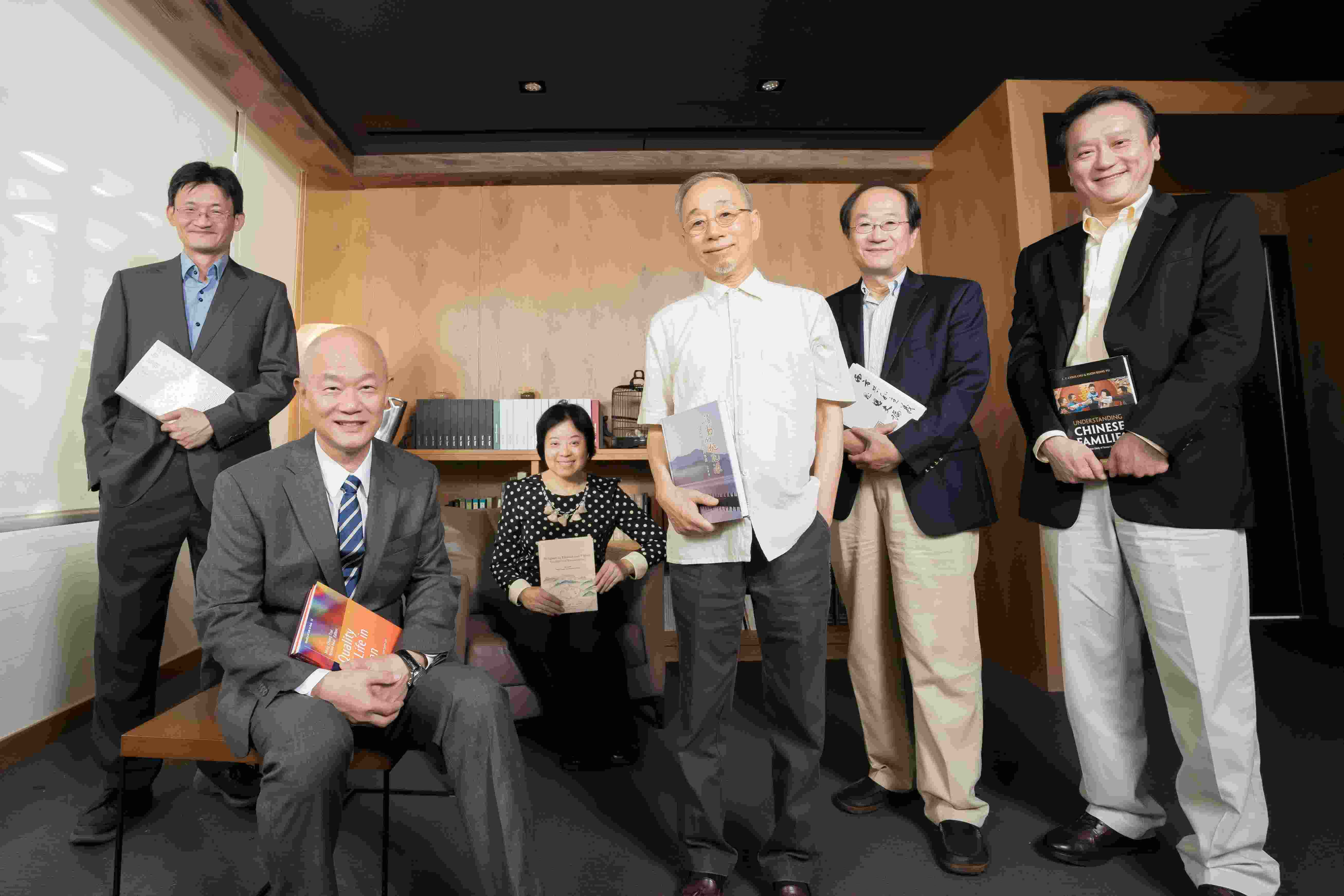Date: 2017-07-28
Dr. Chi-Huey Wong, Distinguished Research Fellow at the Genomics Research Center (GRC), and his team have recently published a report that increases understanding of the substrate specificity of an enzyme called fucosyltransferase 8 (FUT8). FUT8 is the only enzyme to catalyze core fucosylation of N-glycans on glycoproteins in mammalian cells. This research furthers our understanding of the important biological process of glycosylation, and has potential to be applied to explore new glycan markers for diseases or cancers and/or lead to the development of better glycoprotein pharmaceuticals such as antibody drugs. The research was published in JACS, the Journal of the American Chemical Society, on July 5.
Glycosylation is the chemical reaction through which carbohydrates are attached to other molecules such as lipids and proteins. More than 50% of human proteins are glycosylated and glycosylation is involved in many biological processes. For example, blood type is determined by the sugars on red blood cells, and influenza infection is initiated by the interaction of viral surface hemagglutinin and host cell surface sialic acid-containing glycans. Further, it has been demonstrated that glycosylation can modulate the folding, stability, function and half-life of glycoproteins. With the rapid development of biologics, the impact of glycans on glycoproteins has been widely investigated and received considerable attention; for example, antibodies which lack core fucosylation or with the presence of bi-antennary glycans having terminal alpha-2,6 sialylation could enhance the antibody-dependent cell-mediated cytotoxicity (ADCC). In addition, aberrant glycosylation of glycoproteins could potentially be used as biomarkers for cancers; for example, alpha-fetoprotein (AFP)-L3, the AFP with core fucose, is a better biomarker than AFP itself for the early detection of hepatocellular carcinoma.
Although many structures of glycans on glycoproteins have been determined, it remains challenging to effectively manipulate the biosynthesis of glycoproteins or glycan structures on the cell surface. During glycosylation, a variety of glycosyltransferases are involved in the assembly of glycans, but the effect of such interplay on the biosynthesis of glycoproteins is unknown. For example, in humans, there are at least 13 fucosyltransferases and at least eight N-acetylglucosaminyltransferases (GnTs), each recognizing different substrates.
Core fucosylation is the particular glycosylation process by which a fucose is transferred from GDP-fucose to the innermost N-acetylglucosamine (GlcNAc) residue of N-linked glycans. In mammalian cells, the core fucosylation of N-glycans on glycoproteins is catalyzed solely by FUT8 and is known to be involved in various biological functions, such as protein function, cancer progression, and postnatal development.
The members of Dr. Wong’s laboratory were particularly interested in understanding the glycan substrate specificity of FUT8 toward tri- and tetra-antennary N-glycans. To investigate this, they developed a combined chemical and enzymatic method (including the use of various glycosidases and GnT-III, IVa and V) to synthesize a panel of glycopeptides containing various glycans to test as substrates for FUT8. The study revealed that FUT8 has specificity toward the tri-antennary glycan A3(2,4,2) generated from GnT-IVa, but not the isomers A2B and A3(2,2,6) generated from GnT-III and GnT-V respectively (shown in the figure).
To observe the changes of glycoforms in cells, Dr. Wong’s and Dr. Jung-Lee Lin’s laboratories worked together to characterize the glycans on glycoproteins by high-temperature porous graphitic carbon liquid chromatography-mass spectrometry (HT-PGC LC-MS), and successfully distinguished three isomers A2B, A3(2,4,2), A3(2,2,6), out of which A3(2,4,2) turned out to be the specific substrate for FUT8 (shown in the figure).
This research helps us understand further how the glycans on glycoproteins are assembled. The application of the research can be extended to explore new glycan markers for diseases or cancers and elucidate the interplay of glycosyltransferases in cells (for example, overexpression of GnT-IV in cells affects the structures of glycans on proteins). Furthermore, this work could pave the way to design better glycoforms and lead to the development of better glycoprotein pharmaceuticals such as antibody drugs.
The full research article entitled “Substrate Preference and Interplay of Fucosyltransferase 8 and N-Acetylglucosaminyltransferases”, is available at the Journal of the American Chemical Society website at: http://pubs.acs.org/doi/pdf/10.1021/jacs.7b03729. The first author of the publication, Tzu-Hao Tseng, is a Ph.D. candidate in the Institute of Microbiology and Immunology, National Yang-Ming University. Dr. Tsui-Ling Hsu, an Assistant Research Specialist at the GRC helped direct the research project. This work was supported by the Summit Program of Academia Sinica.









 Home
Home

